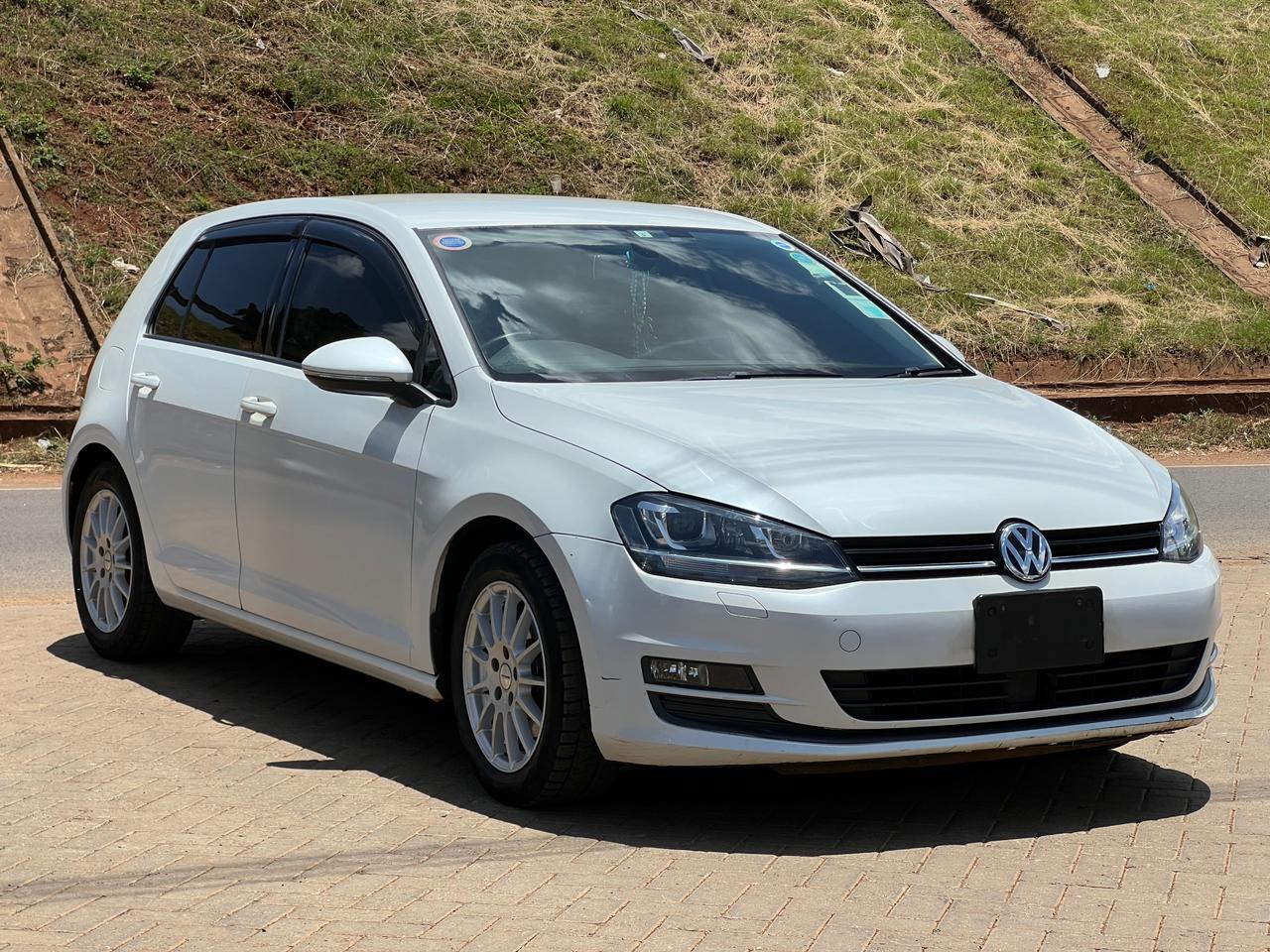EVs, FSD, Energy, Prices & Buying Guides — Code & Clutch
Tesla Viral SEO Series (2025): The Ultimate EV, FSD & Energy Knowledge Hub
Built to rank high and share fast. This long-form multi-article series covers Tesla models, pricing, infrastructure, charging, Autopilot vs FSD, safety, Tesla Energy, global vs Kenya buying paths, maintenance and ownership hacks—plus FAQs, checklists and comparisons you can share in one click.


Complete Tesla Guide 2025: Model 3 • Y • S • X • Cybertruck
Trims, ranges, 0–100, cargo, safety ratings, software, typical prices and who should buy what.
Read more
How to Buy a Tesla in Kenya (2025): Import, Taxes, Charging & Insurance
Clear, local path to ownership: budget ranges, paperwork, customs, chargers, and resale value.
Step-by-step
Autopilot vs FSD in 2025: What’s Real, What’s Hype, and What’s Worth It
Understand capabilities, limitations, costs, safety tips, and how to get the most value.
Compare
Tesla Energy Explained: Powerwall, Solar Roof & Megapack
Cut bills, store power, and stabilize grids. How the Tesla energy stack pays off.
Explore
Charging 101: Home, Office & Road Trips (Costs & Time)
From wall connectors to rapid DC fast-charging. Smart planning to save money and time.
LearnComplete Tesla Guide 2025: Model 3, Model Y, Model S, Model X & Cybertruck

Welcome to the most actionable, keyword-rich Tesla guide for 2025. Whether you’re optimizing for search, shopping for your first EV, or comparing trims, this reference lays out what matters: range, charging, 0–100 km/h, interior tech, safety, ownership costs, resale value, and who each model is truly built for. We anchor everything in clear buyer personas so you can match lifestyle and budget to the right Tesla.
Quick Specs Snapshot (Typical Configurations)
- Model 3: Compact sedan. Efficient daily driver. Popular for city commutes. Low running costs.
- Model Y: Crossover versatility. Family-friendly cargo. Most popular globally. Great ride height.
- Model S: Luxury performance sedan. Long range + speed. Premium tech and comfort.
- Model X: Flagship SUV with Falcon Wing doors. Max space + towing. Family road-trip star.
- Cybertruck: Stainless-steel pickup. Utility + performance. Off-road capable. Viral design icon.
Who Should Buy Which Tesla?
Rule of thumb: City-first commuters → Model 3. Families or cargo-first owners → Model Y. Luxury/long-haul drivers → Model S. Big families/towing → Model X. Outdoor, trade, or utility-heavy use → Cybertruck.
Ownership Costs & Value
EV ownership economics shine in electricity vs petrol, fewer moving parts, and regenerative braking reducing wear. Plan for tyres, cabin filters, brake fluid checks, and occasional software-enabled service items. The biggest cost driver is electricity rate and charging strategy; schedule charging off-peak and use onboard trip planning to minimize time spent at fast chargers.
Safety & Software Edge
Tesla’s software-first design means cars improve over time via over-the-air updates: efficiency, features, maps, even safety assist behaviors. Crash structures, battery safety architecture, and active safety (lane keeping, collision avoidance) have consistently delivered strong results in independent tests. Always treat driver assistance as assistance—full attention is mandatory.
How to Buy a Tesla in Kenya (2025): Importing, Taxes, Charging & Insurance

Budget Planning & Model Selection
Start with total cost of ownership, not just the sticker price: shipping, taxes/duties, registration, home charging hardware, potential solar integration, insurance, maintenance buffer, and unexpected fees. For most urban Kenyan buyers, the Model 3 or Model Y hits the sweet spot of price, range and ride height. Rural drivers or utility users may consider the Cybertruck for ground clearance and durability, subject to local regulations and sizes.
Charging at Home
Install a wall connector where possible, on a circuit sized per a licensed electrician’s recommendation. If you have solar, explore daytime charging for surplus usage, and enable scheduled charging at night to capture off-peak rates. Keep cables tidy and protected from weather; regularly inspect connectors for wear.
Paperwork & Logistics
- Source Vehicle: New factory order or reputable used import with full history and battery health records.
- Shipping: Choose a forwarder with EV handling experience (battery regulations, RoRo vs container).
- Customs: Prepare ID, purchase invoice, bill of lading, and ensure correct tariff classification for EVs.
- Registration: Complete inspection and number plate issuance; add comprehensive insurance covering battery/electronics.
Resale Value & Maintenance
Protect resale by maintaining software updates, keeping service history, and caring for the interior. Avoid fast-charging exclusively—mix home AC charging to preserve battery health. Tyres and alignment are the most common wear items; rotate per schedule.
Autopilot vs FSD (2025): Capabilities, Limitations, Safety & Cost

What You Get with Each Package
- Autopilot: Adaptive cruise + lane keeping. Great for highway fatigue reduction. Always monitor.
- Enhanced Autopilot (if available): Adds auto lane change, Navigate on highways, basic park/summon features.
- Full Self-Driving (FSD): Adds broader city-street capability where supported; features evolve via software updates.
Safety Mindset
All systems require vigilant human supervision. Keep hands ready, eyes on road, and maintain a safe buffer. Treat driver assistance as a powerful co-pilot—not a chauffeur. Update software promptly and review release notes to understand behavior changes.
Value Math
If resale is a priority, FSD may add appeal in software-forward markets. If you mainly drive highways, Enhanced Autopilot (or base Autopilot) can deliver most benefits for less. Consider subscription options if available; you can flex up for road trips and cancel later.
Tesla Energy: Powerwall, Solar Roof & Megapack (Home to Grid)

Why Pair Your Tesla with Home Energy
Home batteries store solar or off-peak power for night use and outages; EVs charge from clean energy; and smart energy management lowers bills. At scale, Megapacks stabilize grids, soak up renewables, and provide fast-acting reserves. For homes, Powerwall smooths daily consumption, enabling EV-first households to hit near-net-zero driving emissions when paired with solar.
Install Considerations
- Roof orientation, shade analysis, and realistic solar yield.
- Battery size vs evening load + EV charging habit.
- Local permits, net metering/export rules, and safety codes.
- App monitoring and firmware updates to optimize behavior.
Charging 101: Home, Office, Public & Road Trip Planning

Home Charging
AC wall connectors (Level 2) cover most daily needs. Plug in nightly, set target charge (e.g., 70–85% for daily use), and enable scheduled charging. Maintain good ventilation and keep cables off the ground.
Public & Fast Charging
Use built-in trip planning and navigation to find compatible chargers. Fast DC options minimize travel time; arrive with lower state-of-charge for faster initial rates, and depart around 70–80% for best time efficiency on long trips.
Cost-Saving Playbook
- Charge off-peak at home whenever possible.
- Precondition the battery en route to fast chargers.
- Use cabin preconditioning while still plugged in.
- Keep tyres inflated to spec; align wheels after potholes.
Tesla FAQ 2025: Fast Answers for Shoppers & Owners
How long do Tesla batteries last?
Modern packs are engineered for hundreds of thousands of kilometers. Real-world life depends on heat, fast-charging frequency, and depth-of-discharge. Mix AC home charging with occasional DC fast sessions for best longevity.
Is FSD worth it?
Depends on your driving mix and region. Highway-heavy drivers gain with advanced assists. City-street features vary by location and evolve via updates. Subscriptions can be a flexible way to test value.
How much does it cost to charge?
At home, multiply your kWh rate by battery size used per day. With off-peak pricing and solar, per-kilometer cost undercuts petrol dramatically. On road trips, expect higher costs at DC fast chargers but still typically lower than petrol.
Can I install solar to power my Tesla?
Yes. Pairing solar + home battery lets you store daytime generation and charge at night. An installer should model loads, local irradiance, and utility rules to size the system correctly.





Comments